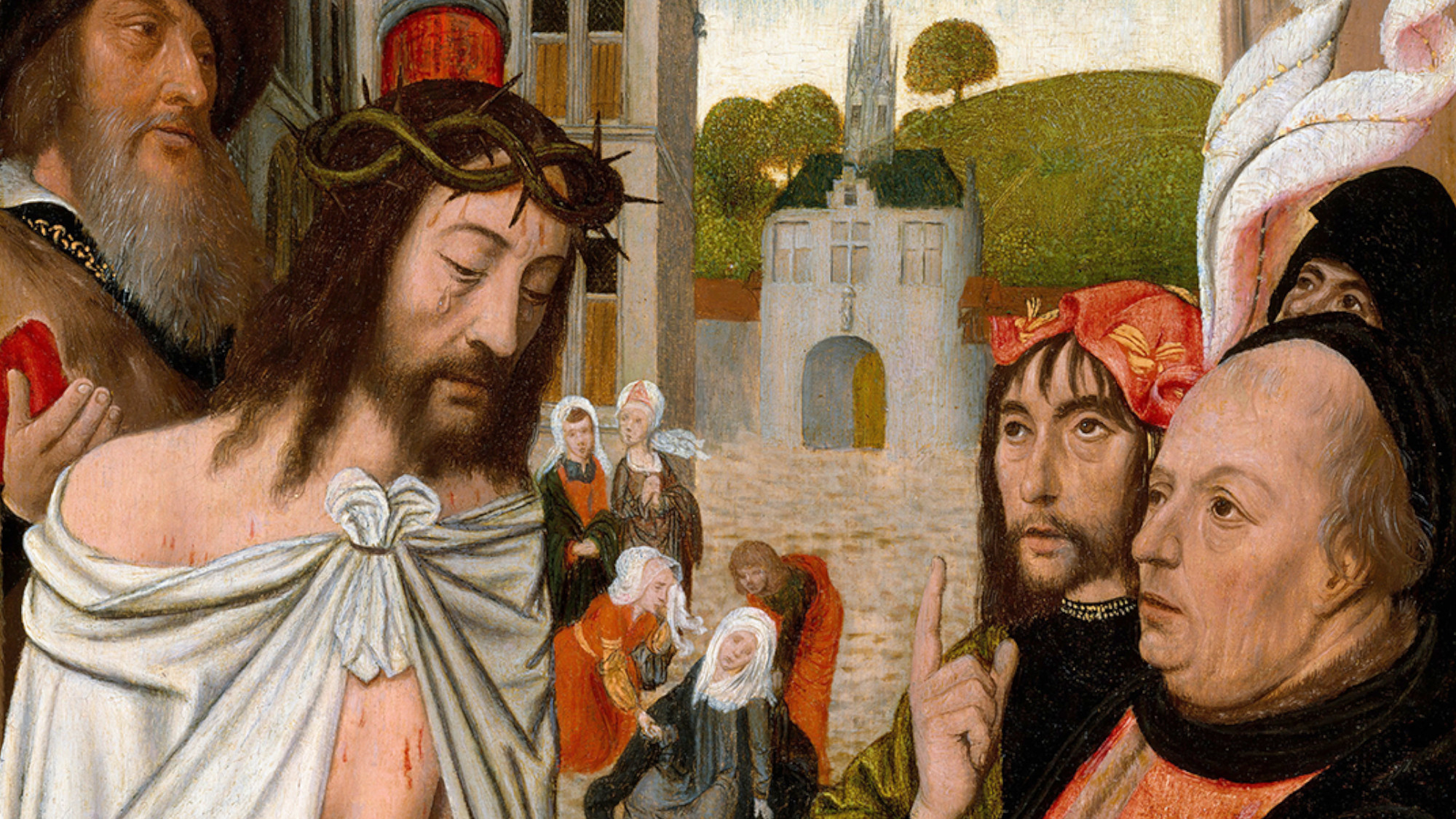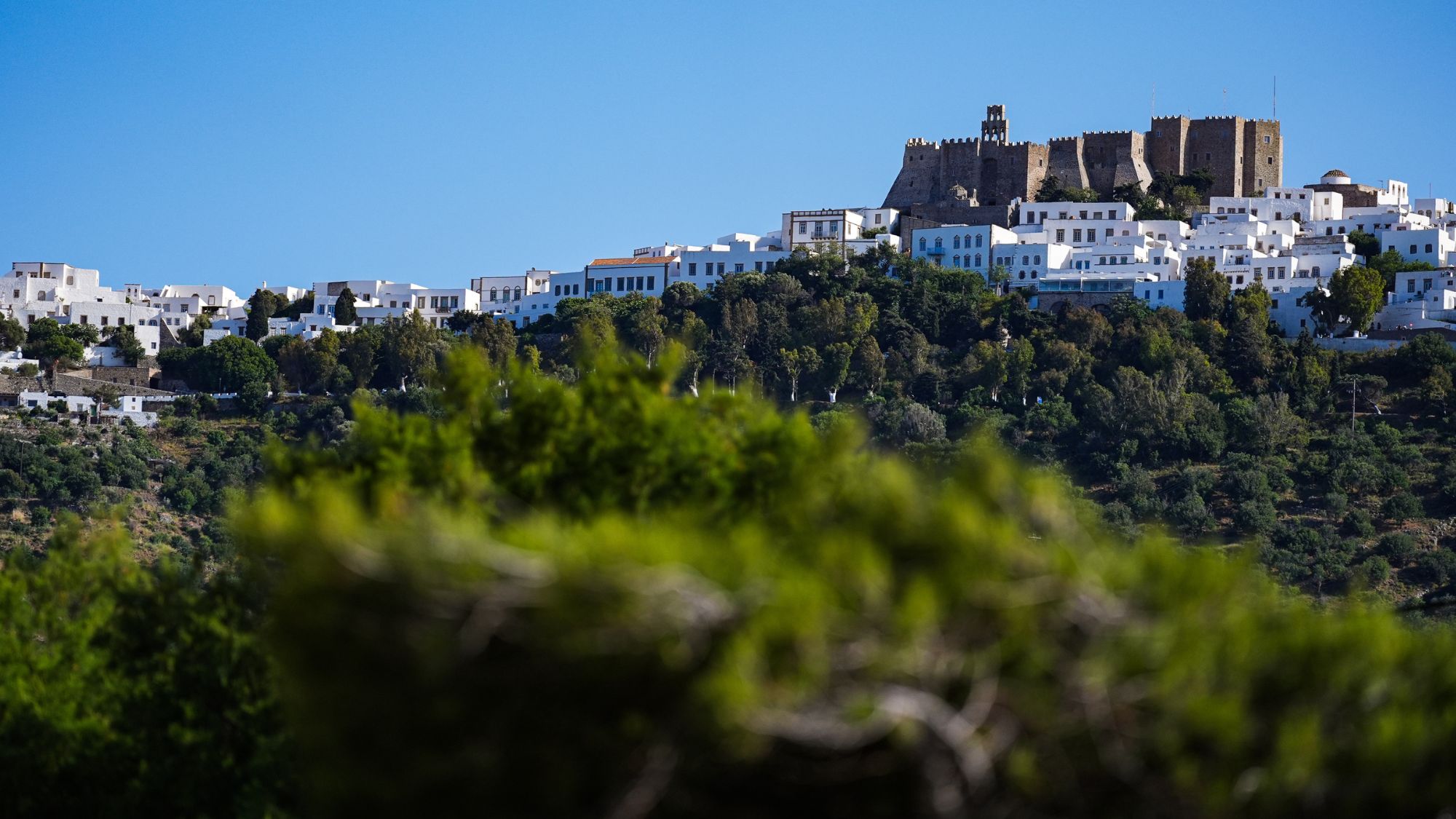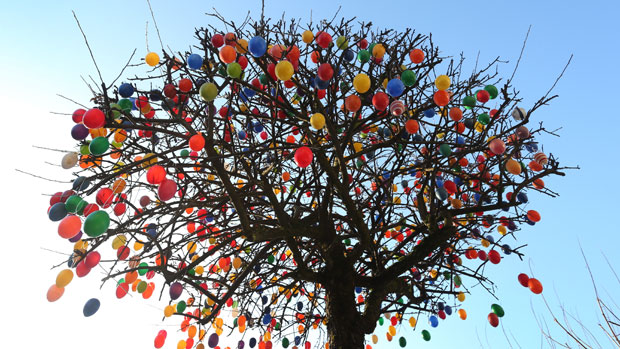May Day 2018: ancient origins, strange customs and modern interpretations
Ancient Egyptians held first May Day celebrations, but most British customs have Celtic roots

Throughout Europe, 1 May has traditionally been marked with celebrations of springtime fertility and the arrival of warmer weather.
Despite attempts by Church authorities to refashion May Day into a religious holiday, the pagan roots of the festival remain unusually close to the surface.
Ancient origins
The Week
Escape your echo chamber. Get the facts behind the news, plus analysis from multiple perspectives.

Sign up for The Week's Free Newsletters
From our morning news briefing to a weekly Good News Newsletter, get the best of The Week delivered directly to your inbox.
From our morning news briefing to a weekly Good News Newsletter, get the best of The Week delivered directly to your inbox.
The earliest spring festival on record, now called Sham El-Nessim, was held in ancient Egypt and is still observed today.
In ancient Rome, the start of May was celebrated for the arrival of longer days and the start of the farming season. People would dance, gather flowers and, according to some sources, set aside their white togas in favour of brighter wares.
In the British Isles, most May Day traditions derive from Anglo-Saxon and Celtic traditions, particularly the Gaelic festival of Beltane, which means "the return of the sun".
Fires were lit and people and animals walked (or danced) between the flames in a ceremony to promote purification and fertility. Some believe this is where maypole dancing has its origins.
A free daily email with the biggest news stories of the day – and the best features from TheWeek.com
Many pagan festivals lost their character in the Middle Ages, as they were suppressed or appropriated by Christianity. In Catholic Britain, the month was associated with the Virgin Mary and on May Day, effigies of the Virgin Mary were crowned with flowers. Electing a May Queen remains commonplace in many parts of Europe and the US.
Surviving customs
Dancing around the Maypole: This continues to be one of the most popular May Day customs in the UK, despite having originated in southern Europe. Participants dance around a wooden pole, holding colourful ribbons that become decoratively intertwined before they reverse their steps and cause the ribbons to unwind. This is said to symbolize the lengthening of the days as summer begins.
Morris Dancing: Named after 13th-century Moorish or "Moresco" dancers, Morris dancers are a stalwart of the celebrations. The stomping of feet and clashing of sticks represents the battle between good and evil and the triumph of summer over winter.
Now, after a long decline in interest, traditional May Day activities are experiencing their own rebirth. Sales of maypoles are growing and the number of morris dancing teams is also on the rise, “with crowds attending May Day festivals of a size not seen for decades”, reports The Guardian.
Mike Ruff, who teaches maypole dancing, told the paper he believes that the interest in maypoles is fuelled partly by curiosity about English culture and also by modern interpretations.
“It’s now viewed as a creative artform rather than just doing the same old formula,” he said, citing modern interpretations by Street Dance the Maypole and the English National Ballet and plans to erect a modern maypole on the Strand in central London.
Modern interpretations: May Day is also known by Catholics as the alternative Feast of St Joseph, alongside his traditional day on 19 March. The 1 May celebrations places particular importance on Joseph's status as the patron saint of workers. As such, International Workers' Day is also celebrated on 1 May, as is the US's Labor Day.
Public holiday: Although May Day itself is not a bank holiday, the first Monday in May was established as a holiday in 1978. In 2011, parliament considered introducing a replacement that would fall in October but abandoned the plans, thankfully (unless you're reading this in October).
Is May Day also International Workers' Day?
International Workers’ Day is also marked on 1 May. Dating back to the late 19th century, May Day rose in large part thanks to the emergence of trade unions.
The time of year was chosen to commemorate the Haymarket affair, the bombing of a labour demonstration in Chicago on 4 May 1886, in which seven police officers and four workers were killed. The day is promoted by labour, socialist and communist movements around the world, as well as trade unions.
In recent years, a growing anti-capitalist movement in the UK has seen large scale protests in London, Glasgow, Edinburgh and Doncaster, reports The Sun.
“In a strange way, some of these demonstrations overlap with the more festive roots of May Day,” says CNN, citing the long-running May Day Parade in Minneapolis which features both colourful, festive floats and revellers who wear satirical costumes related to the labour and political issues of the day.
1 May is also a national holiday in Russia and several Asian countries such as China, Thailand, and Vietnam.
-
 Trump’s poll collapse: can he stop the slide?
Trump’s poll collapse: can he stop the slide?Talking Point President who promised to ease cost-of-living has found that US economic woes can’t be solved ‘via executive fiat’
-
 Sudoku hard: December 7, 2025
Sudoku hard: December 7, 2025The daily hard sudoku puzzle from The Week
-
 Codeword: December 7, 2025
Codeword: December 7, 2025The daily codeword puzzle from The Week
-
 Book reviews: 'Miracles and Wonder: The Historical Mystery of Jesus' and 'When the Going Was Good: An Editor's Adventures During the Last Golden Age of Magazines'
Book reviews: 'Miracles and Wonder: The Historical Mystery of Jesus' and 'When the Going Was Good: An Editor's Adventures During the Last Golden Age of Magazines'Feature The college dropout who ruled the magazine era and the mysteries surrounding Jesus Christ
-
 Patmos: an island at the end of the world
Patmos: an island at the end of the worldThe Week Recommends Small Greek island has a rich history and ties to the Christian tradition
-
 Why is Easter Sunday so early this year and how is the date decided?
Why is Easter Sunday so early this year and how is the date decided?In Depth All the symbols and traditions that make the spring festival such a moveable feast